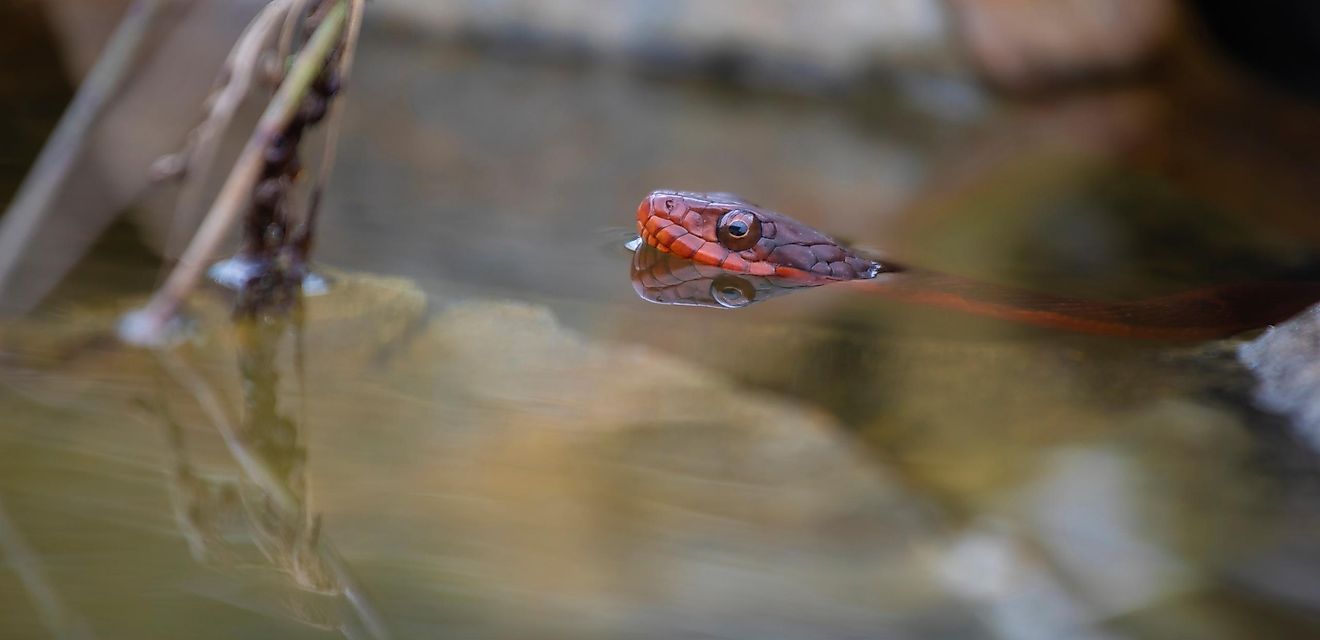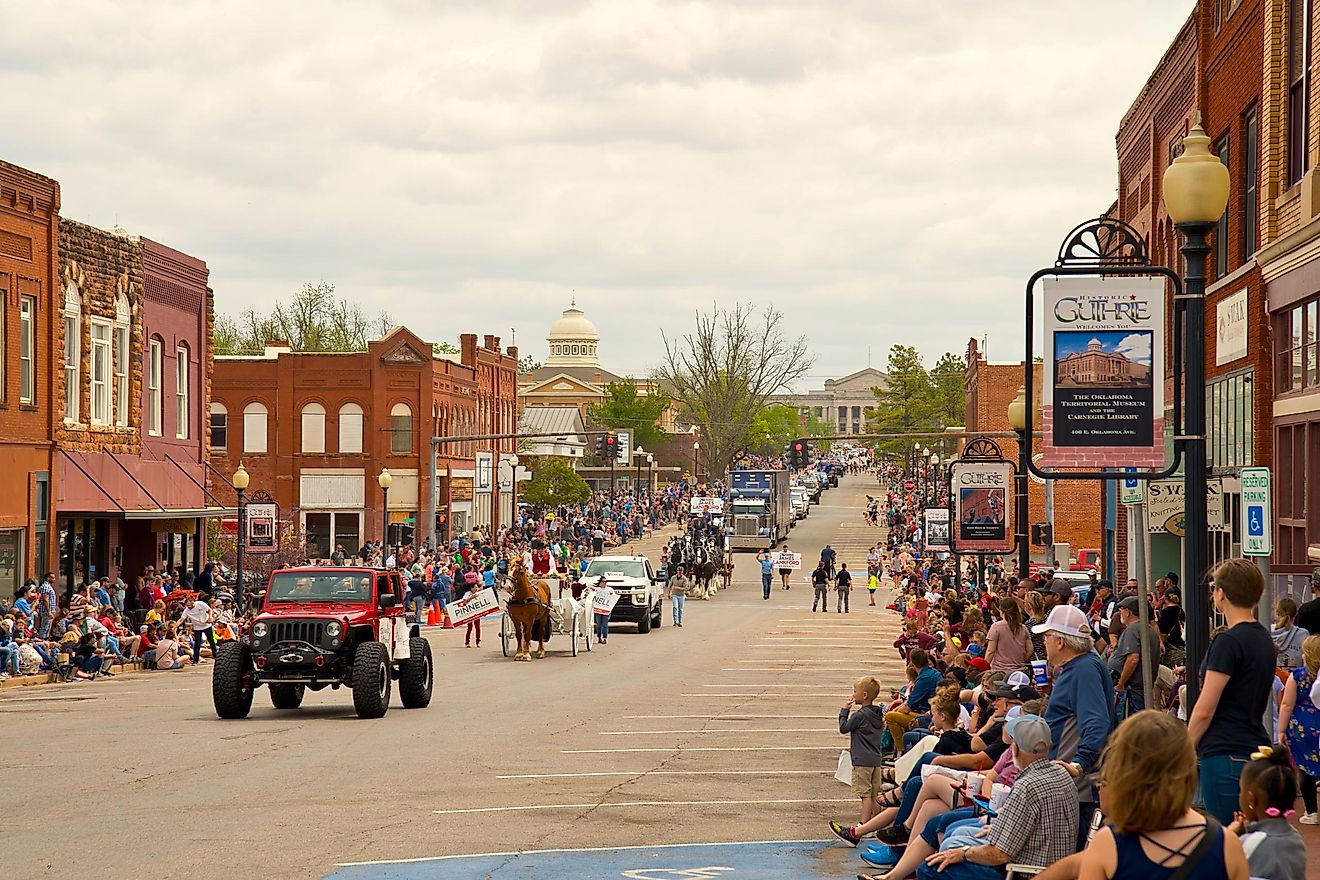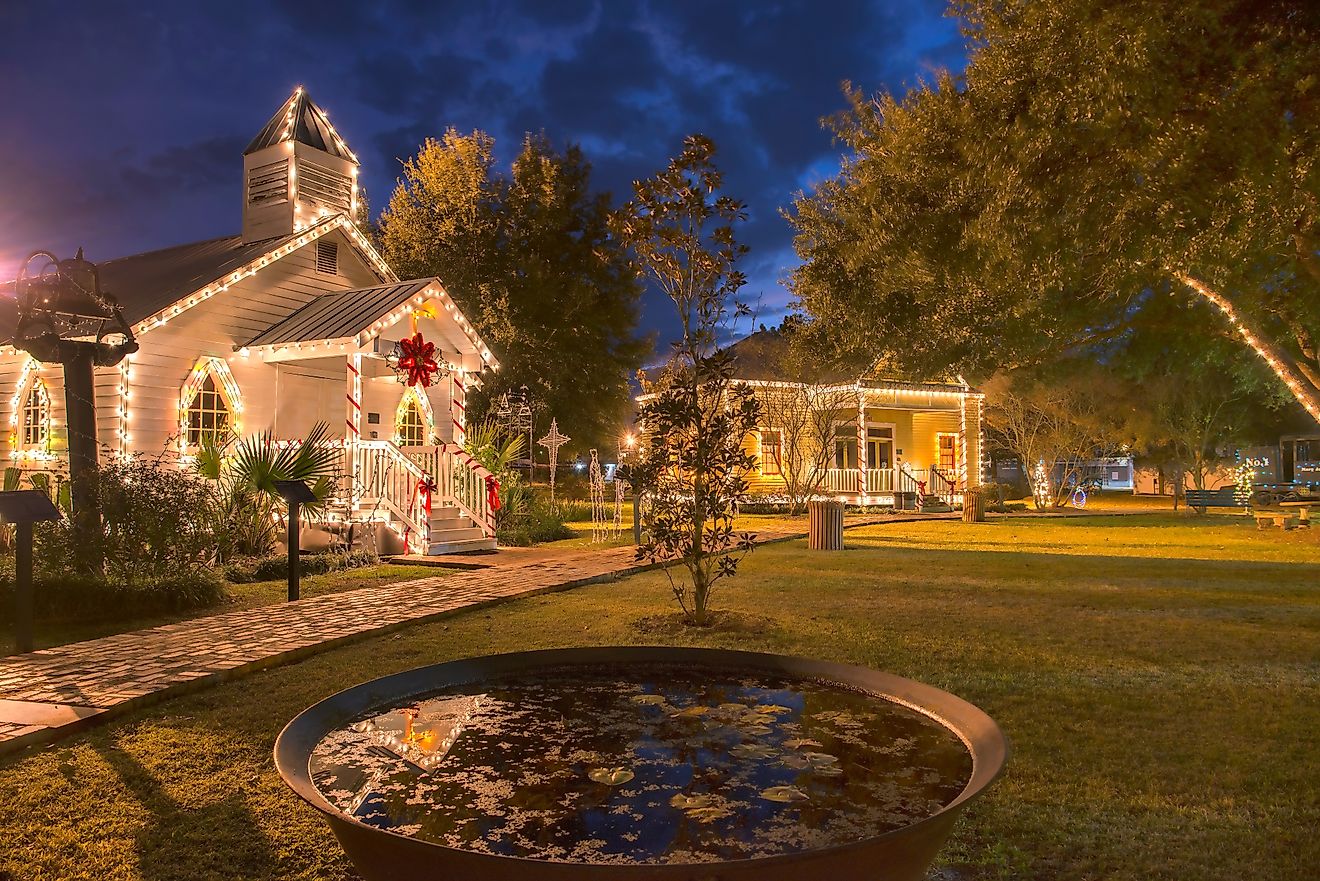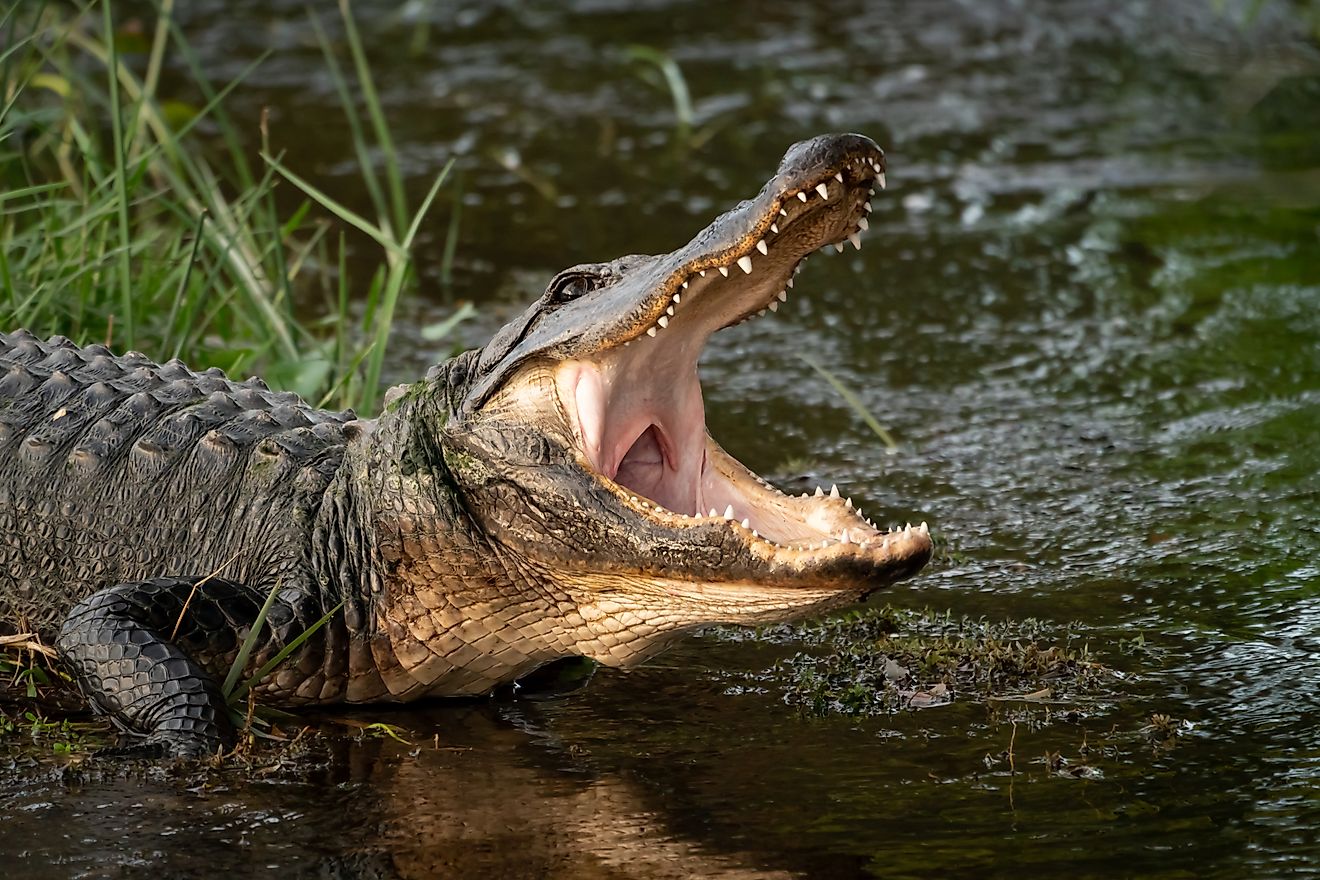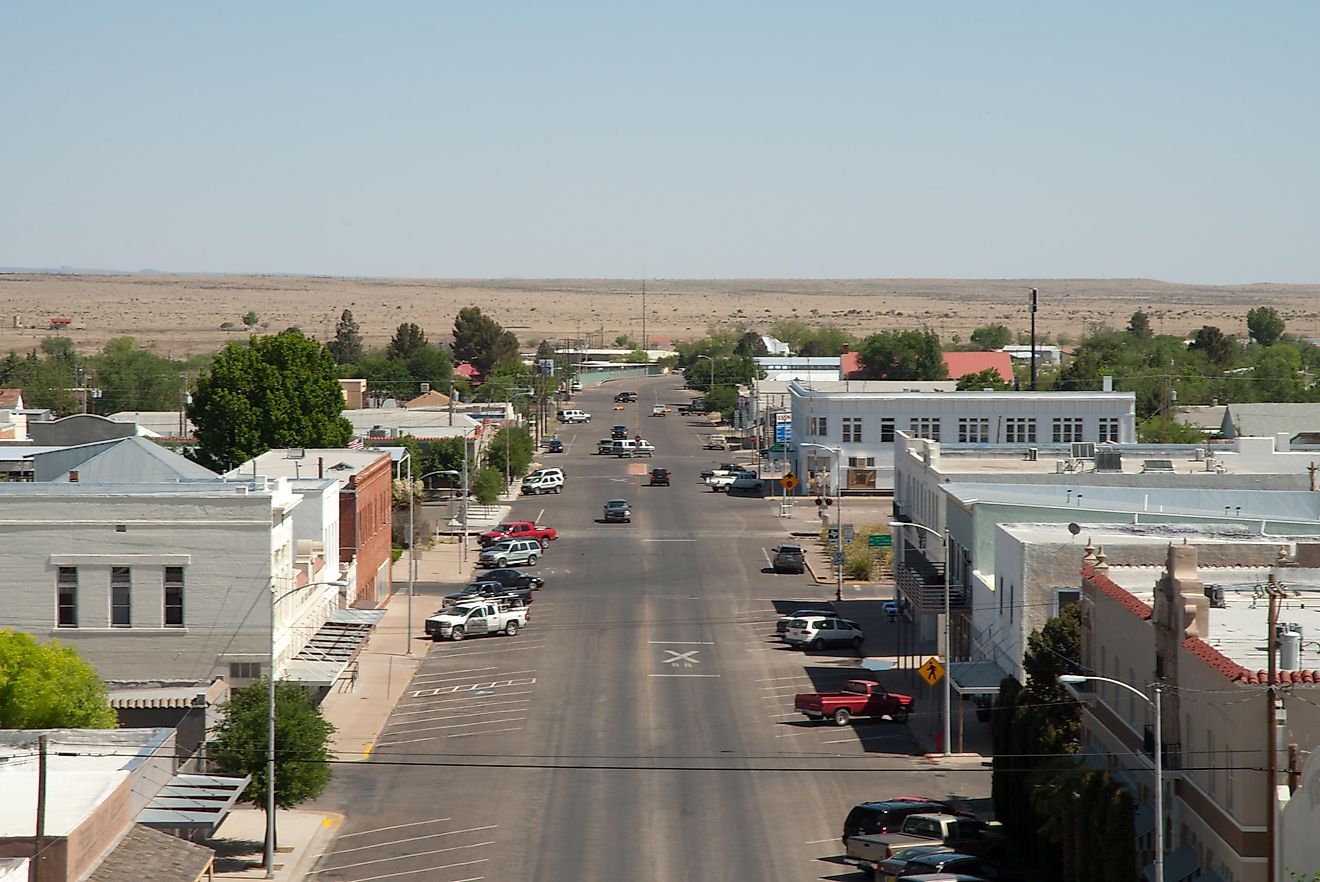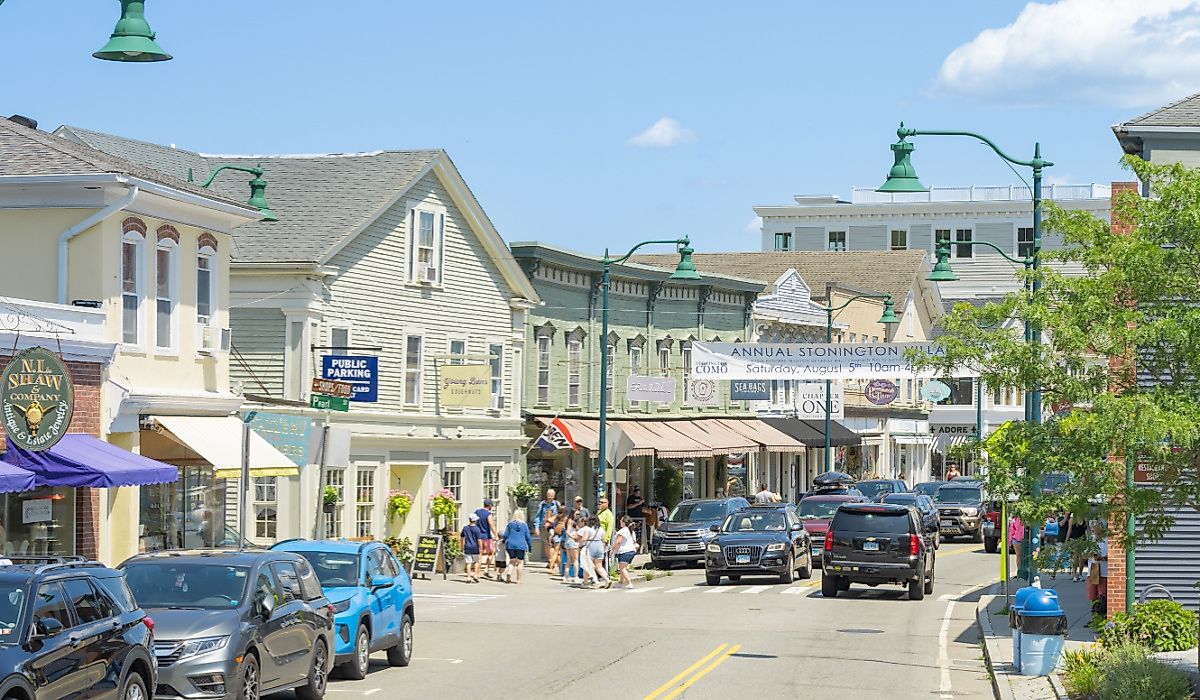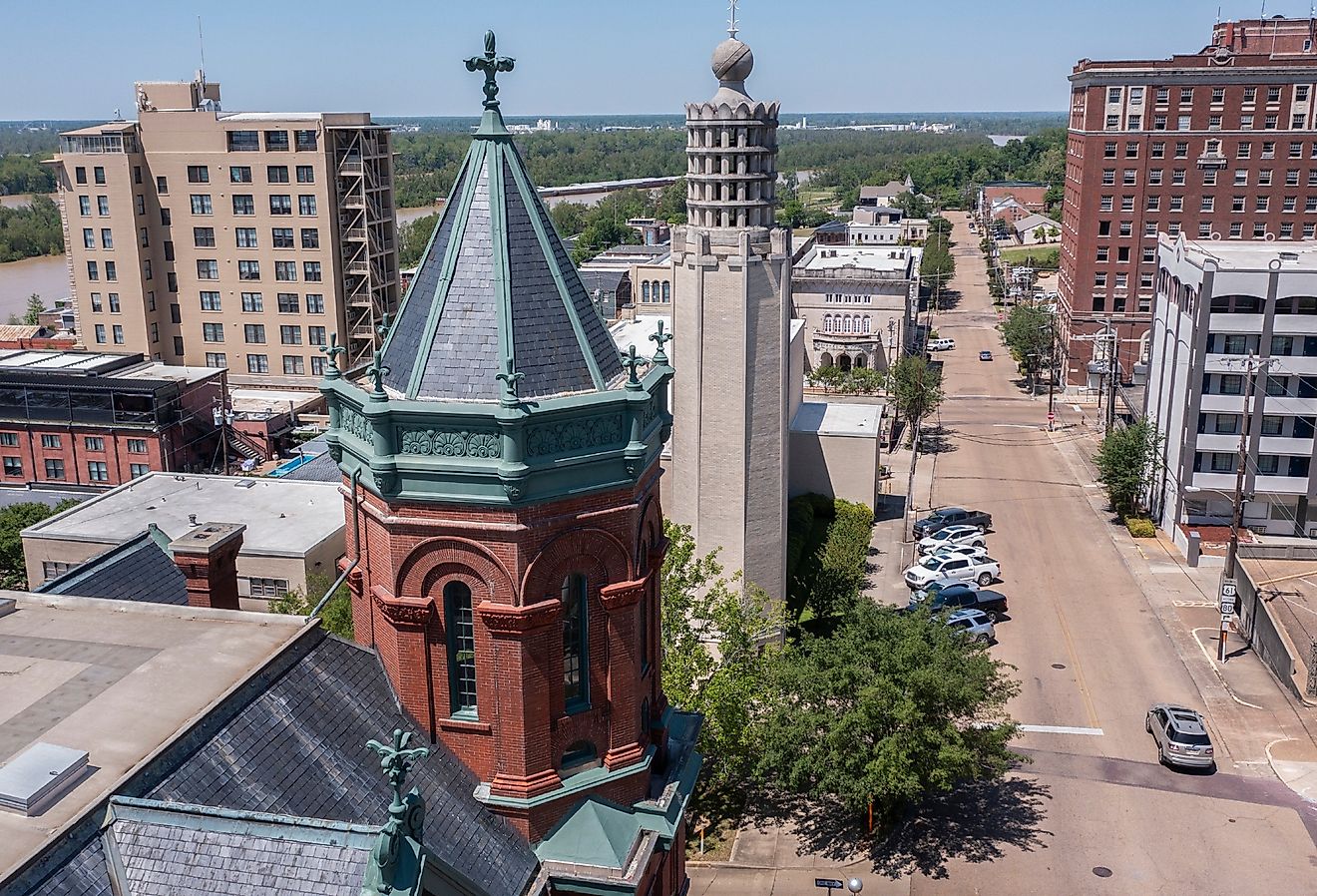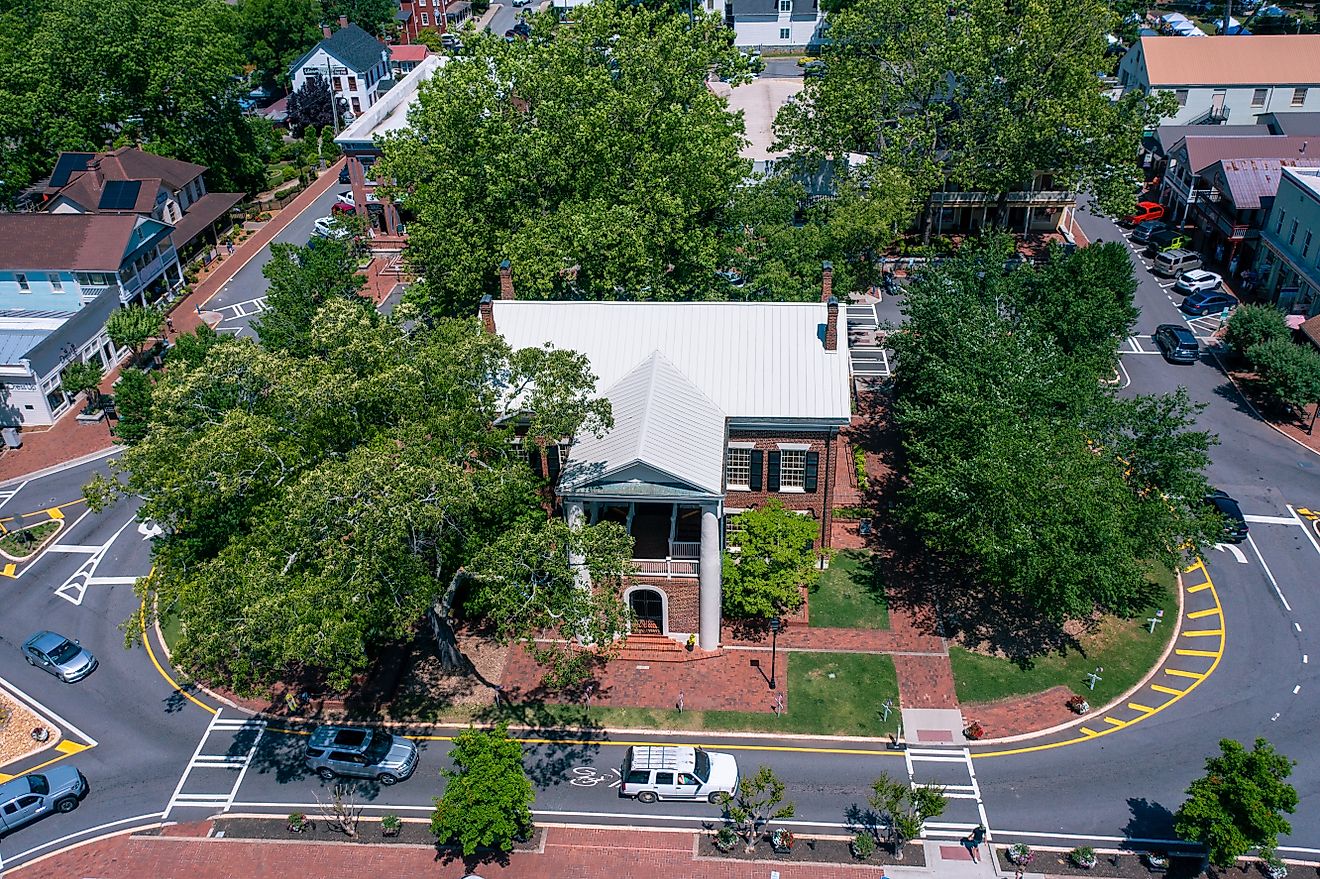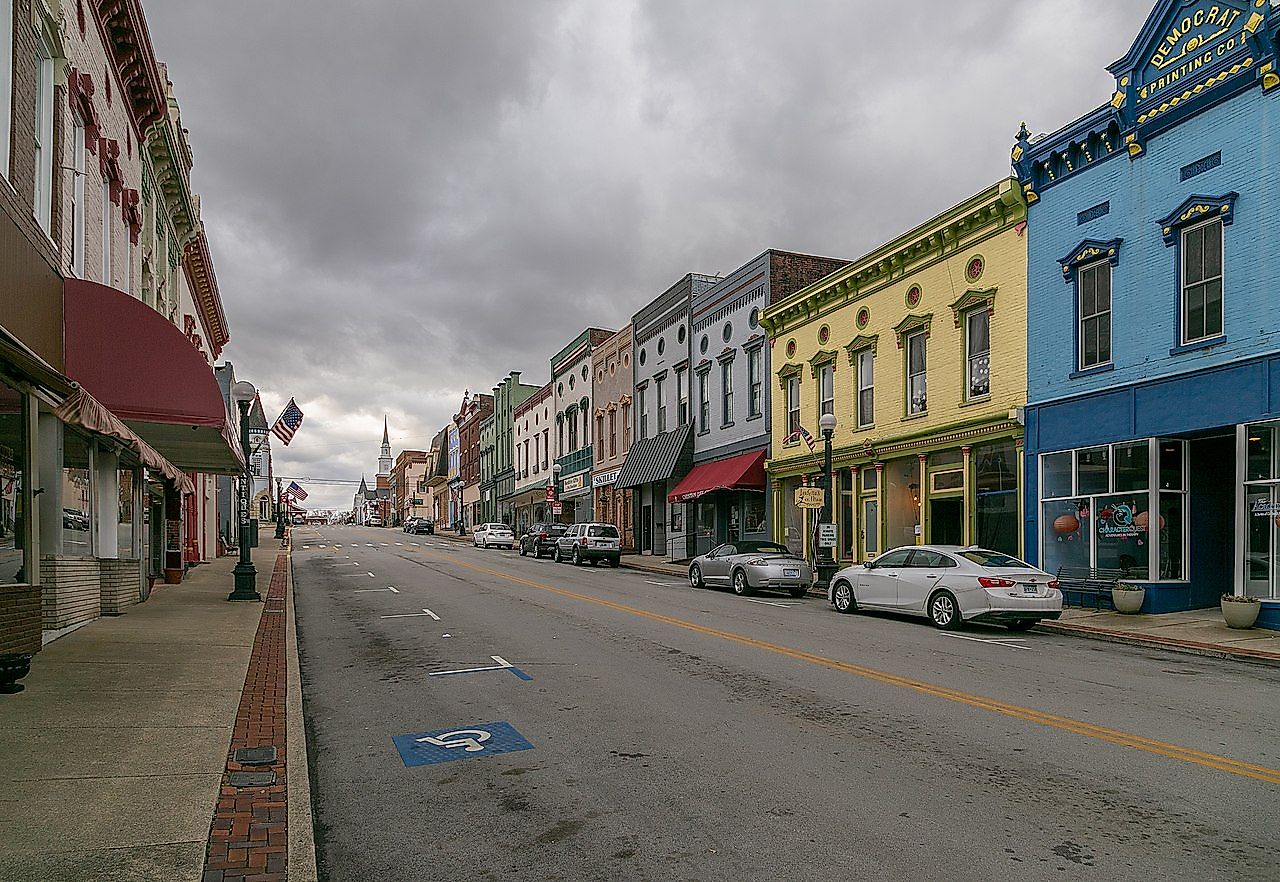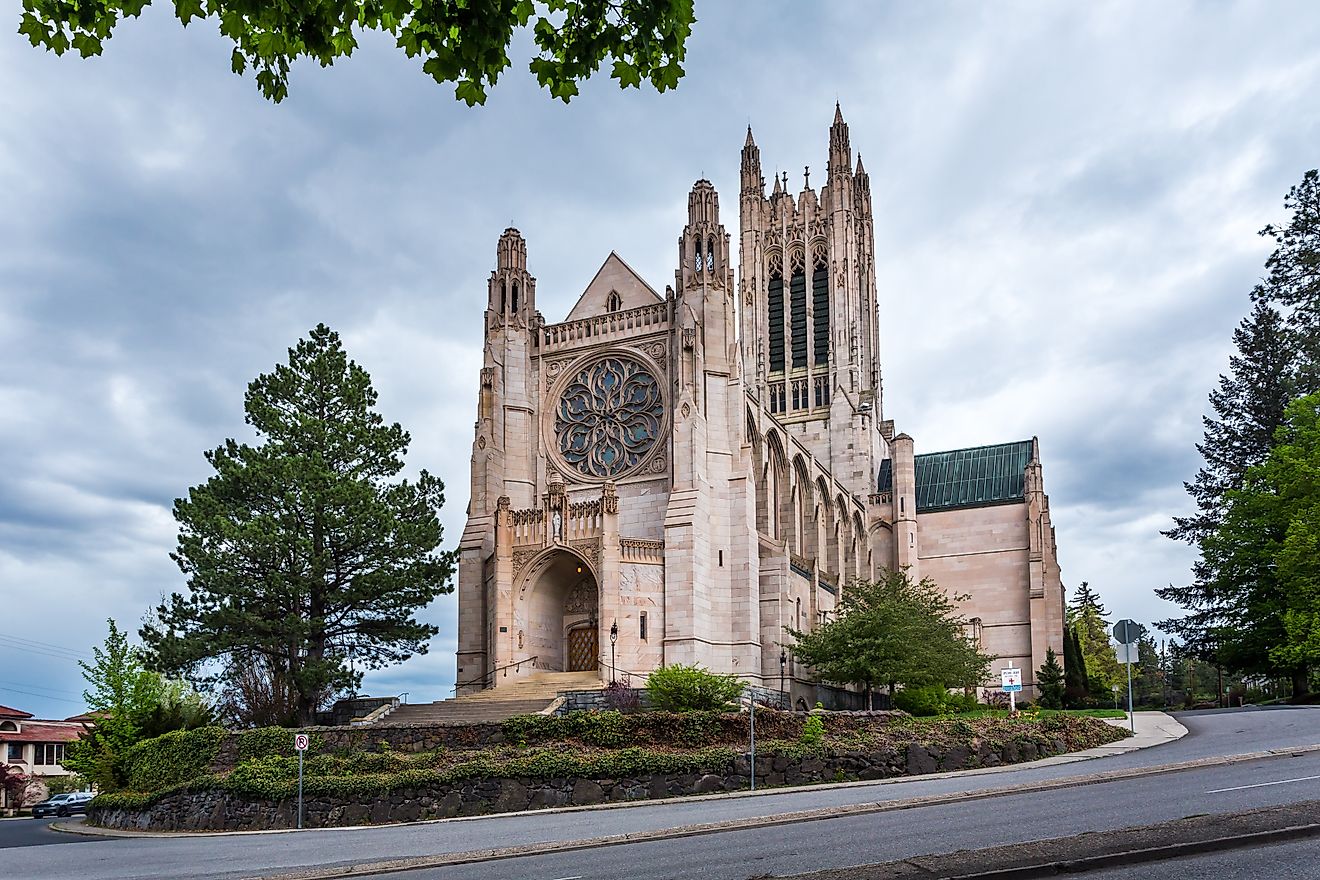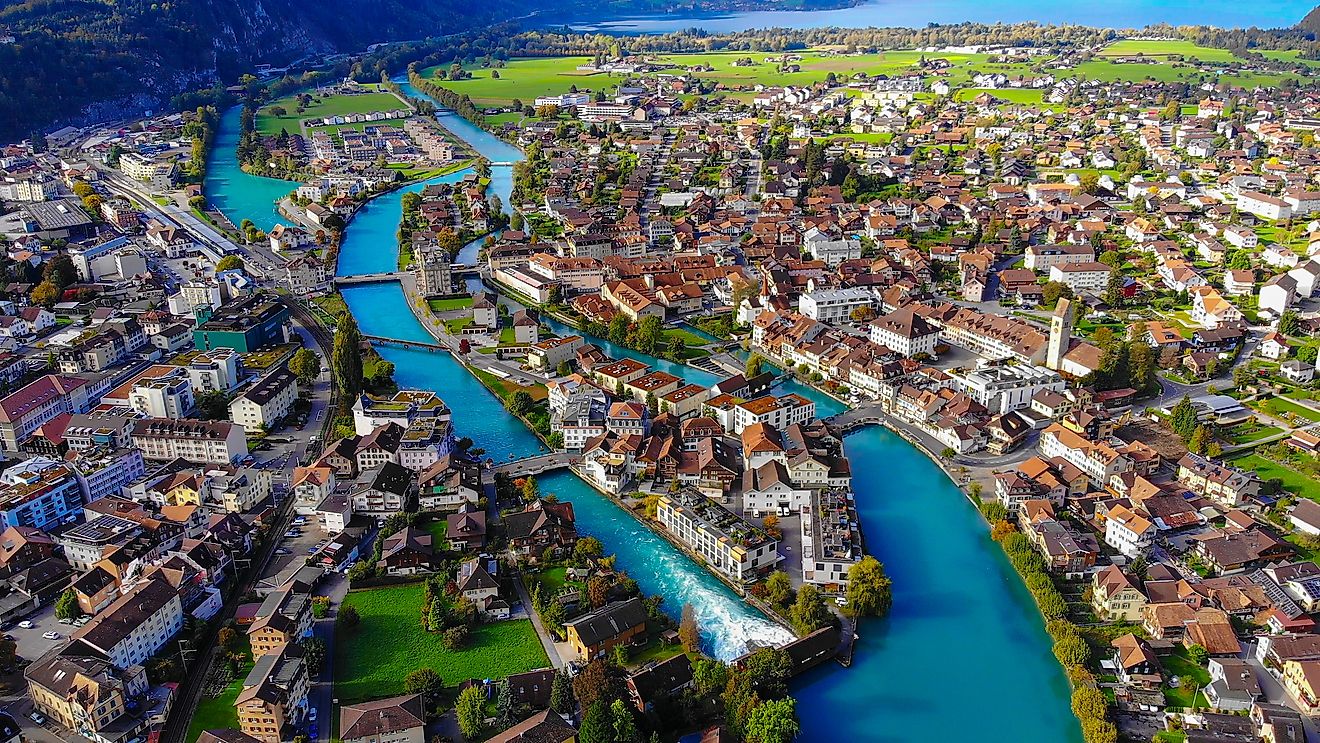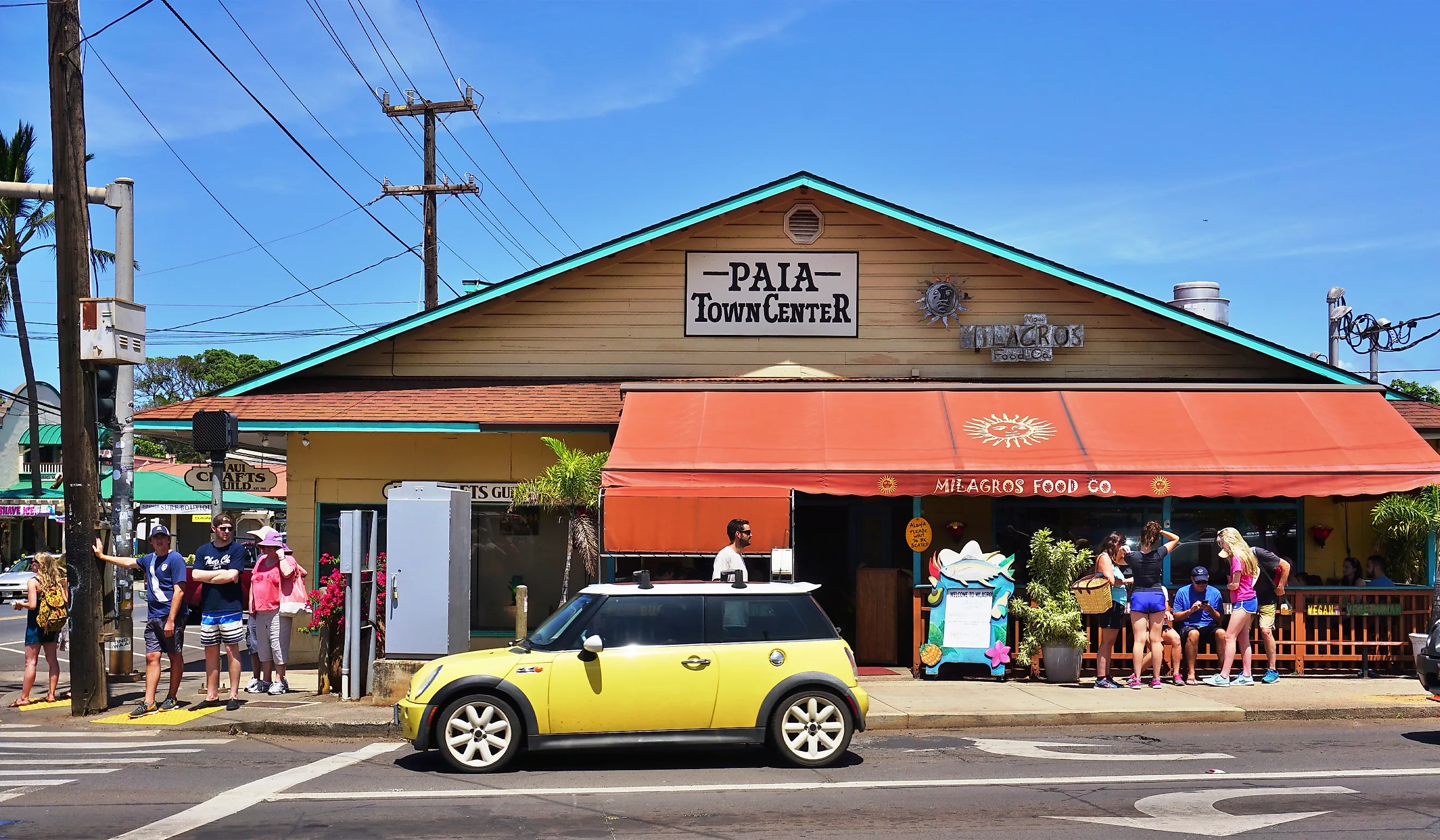
10 Most Welcoming Towns In Hawaii's Countryside
The thought of Hawaii may conjure up images of all-inclusive luxury resorts, tourist condominiums, and high-rise beachside hotels. But stick to those spots, and you risk missing out on what makes this state so special. It’s not just white-sand beaches: explore Hawaii’s country towns and you’ll experience a slow-paced, good-natured way of life found nowhere else in the U.S. If that sounds like your speed, these ten rural Hawaiian towns are all great places to begin.
Hale’iwa

The North Shore of the island of Oahu is most famous for world-class surfing, but there’s plenty to see on land, too. Hale’iwa is the picture-perfect tropical country town, full of local businesses, ocean views, and surf spots. With its abundance of shops, eateries, and hotels, Hale’iwa makes a great base for exploring the North Shore.
Even if you’d rather not get out on the water, surfing culture defines this place. Visitors can watch the area’s best surfers in action from Ali’i Beach Park, and if you need to cool down after a beach day, world-famous Matsumoto’s Shave Ice is right next door. (Pro tip: send one member of your travel party ahead to wait in their ever-present line.) Watching the sunset at Haleiwa Beach Park is a must. And if you’re looking to get out into nature, your options abound: paddleboarding on the Anahulu River, diving with sharks, and even skydiving are just a few of the adventures to be had near Hale’iwa.
Hanalei
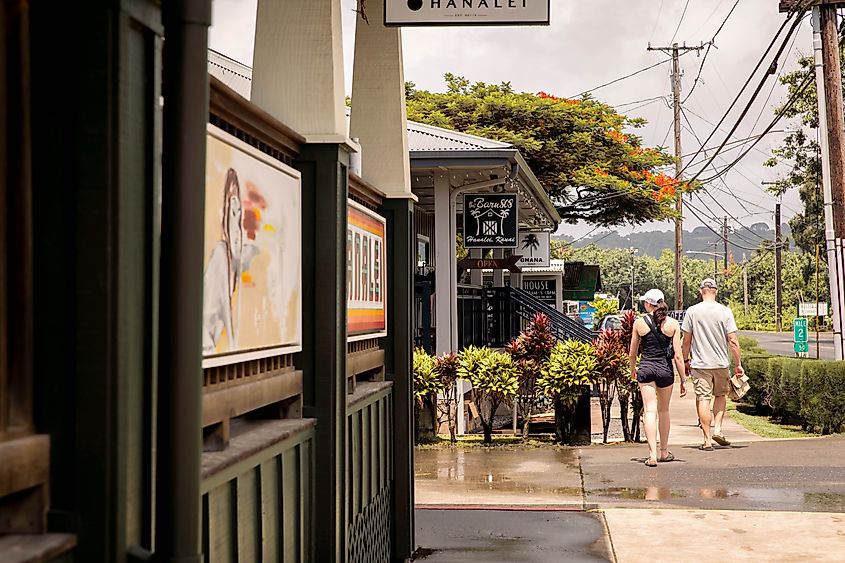
Kauai is the smallest and least populous of Hawaii’s main islands, and that means more natural beauty, more peace and quiet, and sleepy country towns like Hanalei. This town of less than 300, hemmed in by lush mountains to the south and the ocean to the north, is one of Hawaii’s most beautiful. It offers the slow-paced tropical escape many imagine when they think about Hawaii. And when it comes to activities, the tiny north shore outpost of Hanalei punches far above its weight.
Even getting into town is an attraction: you’ll access Hanalei via Hawaii Route 560, which was added to the National Register of Historic Places for its scenic beauty and rich history. Characteristic are its many one-lane bridges, a quirk of this area that requires a little reading up on the local rules of the road. It’s also located near the scenic Na Pali Coast; take a boat out with the local operator Na Pali Catamaran for some of the island’s most iconic views. (Kayaking and surfing are also available in the area.) But you’re here for the town itself, and you won’t be disappointed: follow up a visit to one of the town’s many art galleries or the historic Wai’oli Mission House with a meal at Federico’s Fresh Mex Cuisine or Hanalei Poke.
Hanapepe
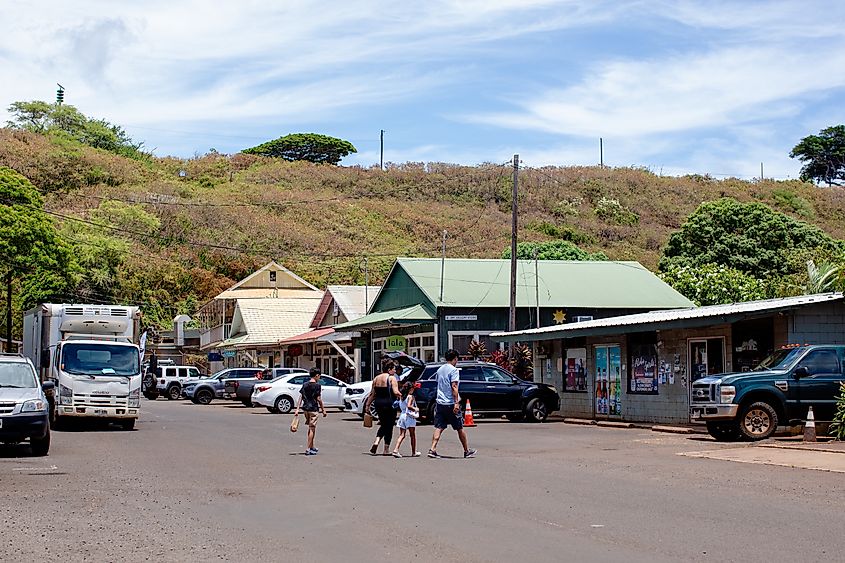
Though also located on Kauai, Hanapepe offers a completely different atmosphere from Hanalei. No town in Kauai boasts more art galleries than Hanapepe - nine in a town of just over 2,000 residents! And instead of white-sand beaches, Hanapepe offers the Hanapepe Swinging Bridge. There are few more adventurous ways to cross a river anywhere in Kauai. “Kauai’s biggest little town” also has a thriving food scene - follow up lunch at Japanese Grandma’s Cafe or Ku’uleis Gourmet with a treat at Longie’s Shaved Ice. And not too far in the future, you’ll be able to book a room in a renovated 1930s movie theater at the Aloha Theater Inn.
Kaneohe
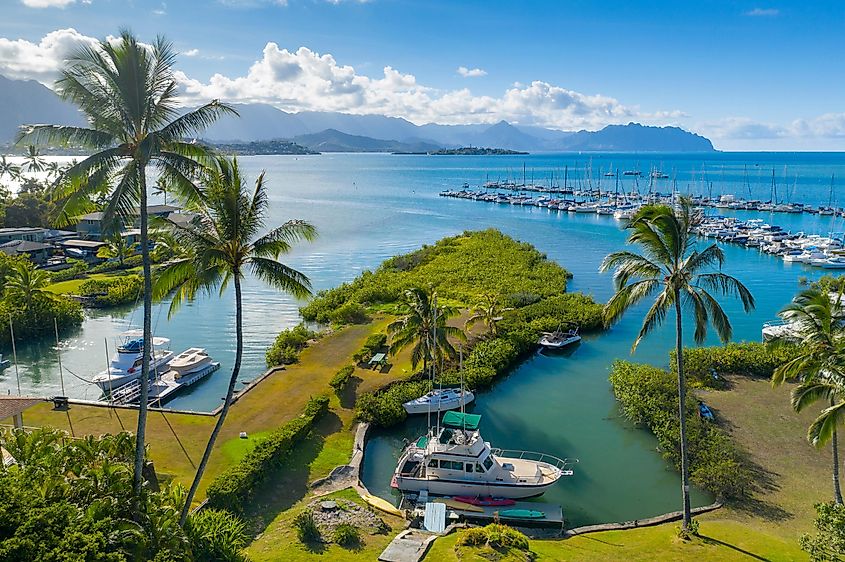
Located on the windward side of Oahu, Kaneohe is one of the area’s most unique communities. It’s best known for the Kaneohe Sandbar, a place you have to see to believe - take a cruise out to the sandbar with Kaneohe Bay Ocean Sports and walk across. For a more cultural experience, appreciate the influences of Japanese culture on the development of modern Hawaii at Byodo-in Temple, a Japanese-style Buddhist temple set against a backdrop of lush green cliffs. The Ho’omaluhia Botanical Gardens offer similarly stunning views and countless trails to explore on a 400-acre property. Or get out on the water: the sheltered waters of Kaneohe Bay are excellent places for kayaking, paddleboarding, and snorkeling.
Makawao
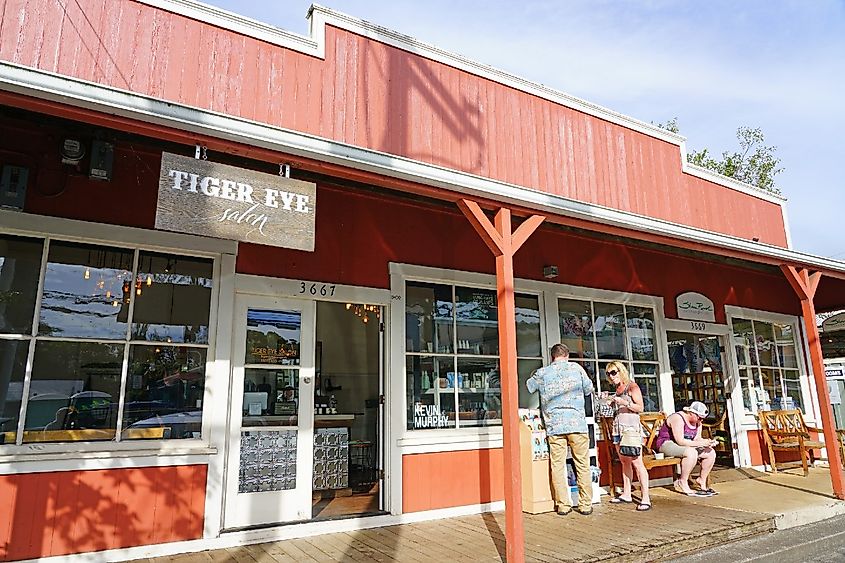
Hawaii’s inland towns often get overlooked in favor of splashier beach towns, but there’s just as much to explore in Maui’s rural Upcountry as there is along the coast. Makawao is renowned for its Paniolo (Hawaiian cowboy) culture: Upland Maui is a notable cattle-raising region, and the annual July 4th Makawao Rodeo is a chance to see Hawaii’s unique cowboy culture in action. It’s also a thriving arts spot: the Hui No’eau Visual Arts Center and other galleries showcase local artwork that has made the town a renowned art hotspot on the island. Finally, it’s home to one of Hawaii’s most renowned bakeries. If the arts and cowboy culture hadn’t already put Makawao on the map, you can be certain that the legendary cream puffs at the T. Komoda Store would’ve done it.
Maunaloa
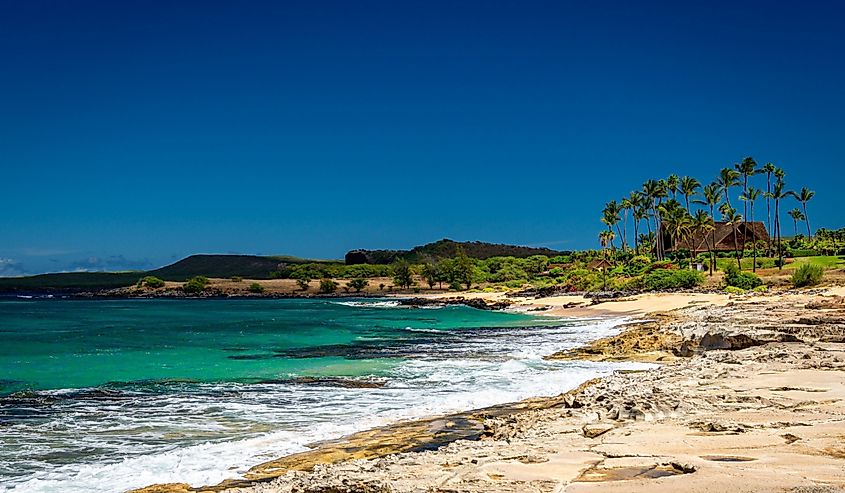
Not many travelers ever make it out to the island of Molokai. There are no big-box resorts to speak of, and development is minimal. But its history is rich, and its natural beauty is pristine compared to the surrounding islands. In Maunaloa, you’ll find some of the island’s only accommodations, shops, and restaurants. Nearby Papohaku Beach is one of Hawaii’s largest and most uncrowded. Drive to the island’s east end through a peaceful hike through the near-untouched rainforest of the Kamakou Preserve or Halawa Valley. Guided tours will also take you to the Kalaupapa National Historic Park, where Hawaiians who contracted Hansen’s Disease were exiled - it’s one of the most moving historical sites in the state. In the town itself, the Big Wind Kite Factory offers tours and kite-flying lessons.
Naalehu
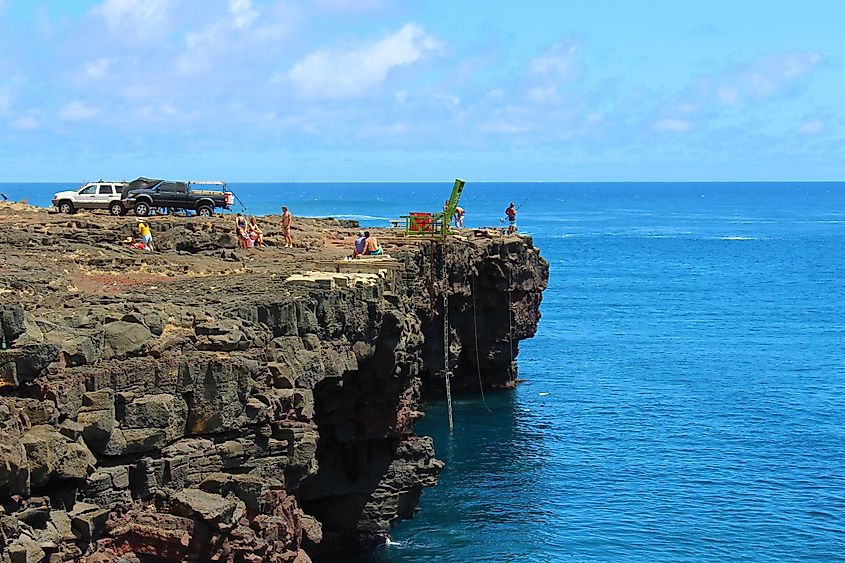
The “end of the world” couldn’t be more far-flung. Located at the southern tip of Hawaii (the island, not the state!), Naalehu has less than a thousand permanent residents, but it’s worth a visit just to see the southernmost settlement in the U.S. So is the beautiful black-sand Punalu’u Beach, where solitude and sea turtles are both major draws. That’s not the only beach in Naalehu where the sand is a unique color: at Papakolea Beach, it’s green! The three-mile hike through a windswept volcanic landscape to reach it is an adventure in and of itself. Watch the sunset at Kalae, the southernmost tip of the island; before that, snack on the famous baked goods at Punalu’u Bake Shop.
Hawi
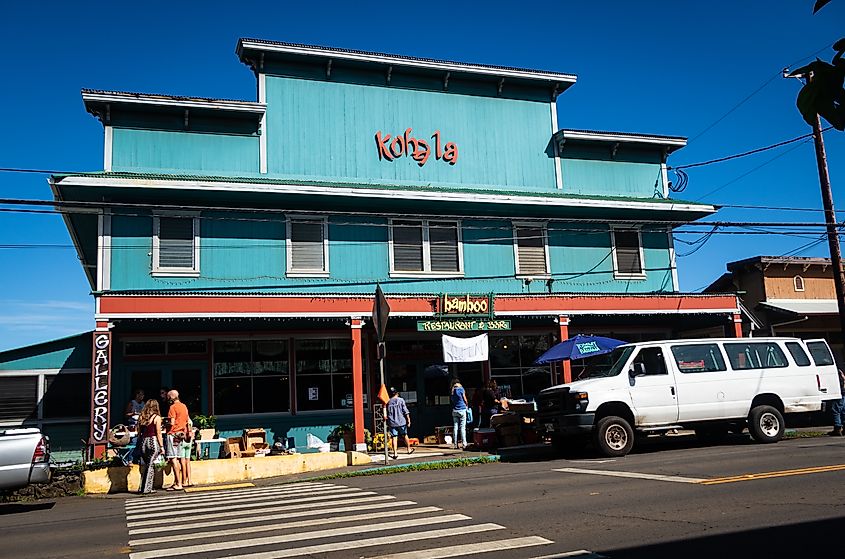
Many visitors pass through the town of Hawi as contestants in the annual Ironman Triathlon World Championships. But there’s plenty here to attract more casual visitors. A former sugar plantation town in the north of the Big Island, Hawi now boasts a thriving food scene and makes a great base for laid-back exploration of the Big Island’s more rural northern tip.
You won’t lack for great culinary options in Hawi: its Bamboo Restaurant & Gallery has previously been voted the island’s top restaurant. It’s also a historically-rich part of the island: King Kamehameha I, one of Hawaii’s most noteworthy historical figures, was born nearby, and Hawaii’s largest temple, Pu’ukohola Heiau, is a short drive out of town. The Hawi Wind Farm gives insight into more modern developments in this area. And outdoor lovers will enjoy a drive along the scenic Kohala Mountain Road or a hike through the Pololu Valley to the Pololu Black Sand Beach.
Paia
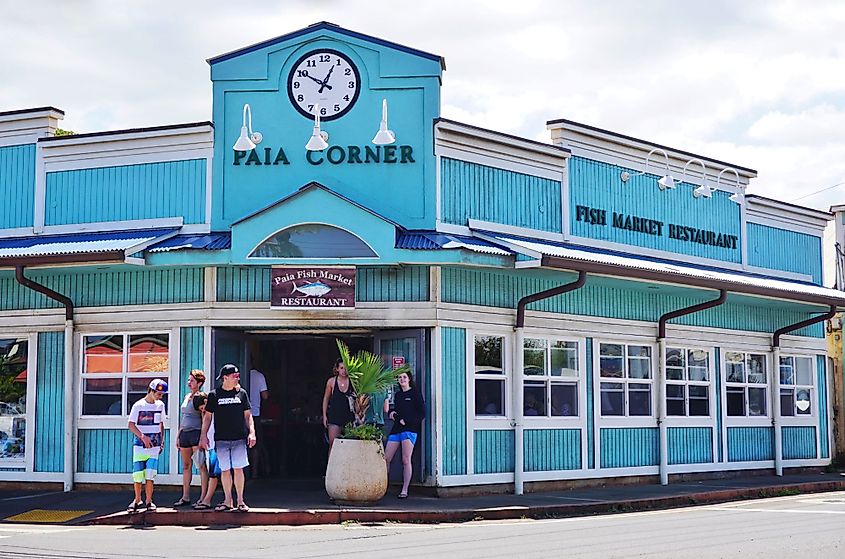
If you’re planning to drive Maui’s famous Road to Hana, your first stop will likely be this offbeat gateway town. It’s vibrant, a little retro, and eclectic - if you missed out on the 1960s, Paia is one of the better places in the U.S. to relive the surfer-hippie vibe of a beach town in the 60s. No place in Paia exemplifies that more than Mana Foods, a legendary local health foods store that’s become so much more. (So will clothing-optional Paia Secret Beach.) Want to do yoga on the beach or get a massage? Paia can take care of that. Care to see a Buddhist Stupa consecrated by the Dalai Lama? Paia’s got one of those, too. You never know quite what you’ll find in Paia, and that’s where it gets much of its charm.
Waimea
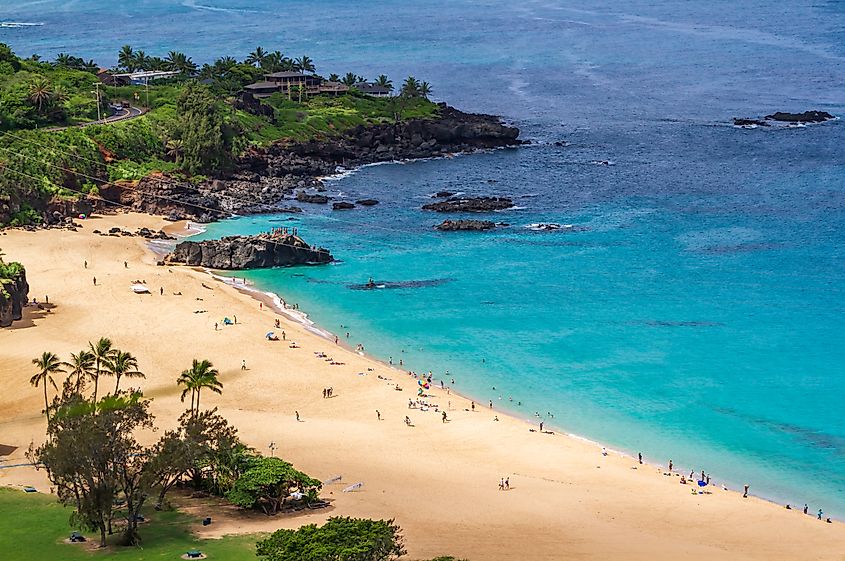
There’s a place on every major island called Waimea, but this one is a Paniolo town on the Big Island, and it’s not to be missed. More than any other town on the island, Waimea is shaped by the ranching industry, with the operational Parker Ranch dominating the local economy. So if you want to take a horseback ride on the island, this is the place to do it!
There’s more than ranching to Waimea, though. Hiking in the nearby Waipi’o Valley is some of the most beautiful on the island. And back in town, stop by the Waimea Town Farmers Market or the famous Merriman’s Big Island restaurant to sample local cuisine.
Though it’s relaxing to immerse yourself in the beauty of the tropical Hawaiian countryside, there’s one thing you should remember when visiting towns like these: you’re on an island. Thousands of miles from the mainland, infrastructure and supplies are always limited, and Hawaii’s own popularity is often a strain on those limited resources. The environmental and cultural impacts of your visit might have ripples you didn’t anticipate, so be a conscientious visitor: in small Hawaiian towns, it’s best to be as unobtrusive as possible. Read up on your destinations, support local businesses, and be aware of the cultural norms in communities you’re entering.
These beautiful towns offer a truly one-of-a-kind way of life, not to mention the natural beauty that makes them so famous. But the ecosystems of the Hawaiian Islands are also delicate, and it takes careful planning to visit these amazing places without putting them at risk. Keep those things in mind, and you’ll help to make tourism in these incredible places more sustainable for locals and future visitors alike.
